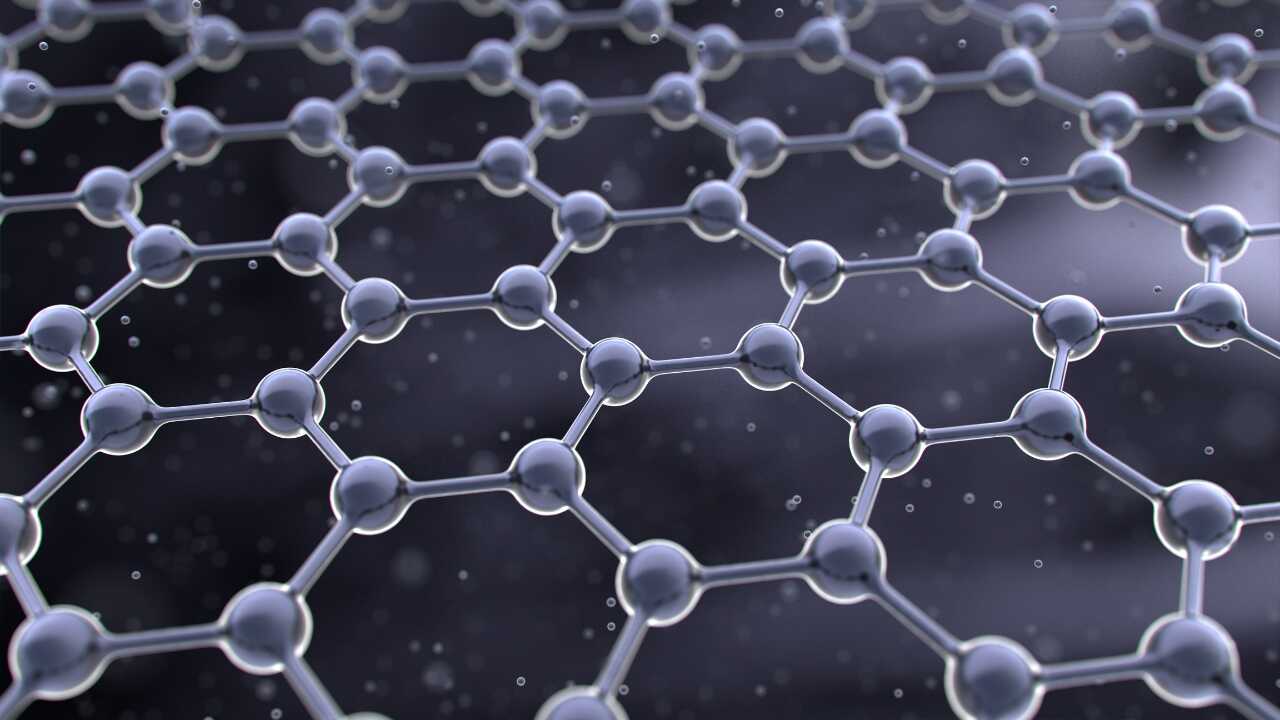In the realm of scientific discovery, there are those rare moments when a material emerges that holds the power to reshape the very foundations of technology, science, and our understanding of the universe. Such is the tale of graphene, a single layer of carbon atoms intricately bonded in a hexagonal lattice.
Discovered in a world where minuscule things hold profound significance, graphene has proven itself as a transformative force with its exceptional properties and limitless potential applications.
The Birth of a Wonder Material
The story of graphene’s discovery is one of ingenuity, persistence, and scientific brilliance. The credit for its isolation goes to two researchers, Andre Geim and Konstantin Novoselov, who were awarded the Nobel Prize in Physics in 2010 for their groundbreaking work at the University of Manchester.
It was the year 2004 when the duo ventured into the world of two-dimensional materials. Using a seemingly elementary technique—scotch tape—they managed to peel off incredibly thin layers of graphite, eventually leading to the isolation of a single layer, graphene. This astonishingly simple yet revolutionary experiment marked the beginning of a new era in materials science.
Graphene’s Marvelous Properties
Graphene’s structure, resembling a hexagonal honeycomb lattice, belies its remarkable properties. It is an incredible conductor of electricity, thanks to its electron mobility that exceeds that of any known material.
Moreover, it is virtually transparent, remarkably strong yet incredibly lightweight, and exhibits unparalleled thermal conductivity. These properties form the bedrock of graphene’s potential applications.
Unveiling the Possibilities
The potential applications of graphene span a multitude of industries, leaving no facet of human life untouched. In electronics, graphene transistors promise faster, more efficient devices with reduced energy consumption.
Flexible and transparent graphene screens could usher in a new era of displays, transforming everything from smartphones to wearable devices.
The energy sector stands to gain immensely from graphene’s properties. With its exceptional conductivity, graphene could revolutionize energy storage by enhancing battery performance and capacitors.
Moreover, its incredible strength makes it a promising candidate for next-generation composite materials in aircraft and automobiles, significantly reducing their weight and increasing fuel efficiency.
Medical science also benefits from graphene’s emergence. Its biocompatibility and conductivity pave the way for innovative medical devices like biosensors, implantable electrodes, and drug delivery systems. Graphene-based materials could play a pivotal role in diagnosing diseases at their earliest stages and developing novel treatments.
Challenges and Future Prospects
While graphene’s potential seems boundless, several challenges remain on the path to realizing its full impact. Mass production of high-quality graphene remains a hurdle, and efforts are ongoing to develop scalable and cost-effective production methods. Additionally, harnessing the full spectrum of its properties requires interdisciplinary collaborations that combine physics, materials science, and engineering.
As research in the realm of two-dimensional materials expands, graphene’s kin—the family of 2D materials—also comes into focus. Each of these materials presents its own set of unique properties, unlocking new opportunities for innovation across various industries.
Conclusion: A Revolution Unfolding
In the grand tapestry of scientific advancement, the discovery of graphene stands as a testament to the indomitable human spirit of exploration and curiosity. Its unique properties and limitless potential have ignited the imaginations of researchers, engineers, and innovators across the globe.
As we stand on the cusp of a new era where the convergence of science and technology knows no bounds, graphene serves as a shimmering reminder that the next groundbreaking discovery might just be a scotch tape away.



